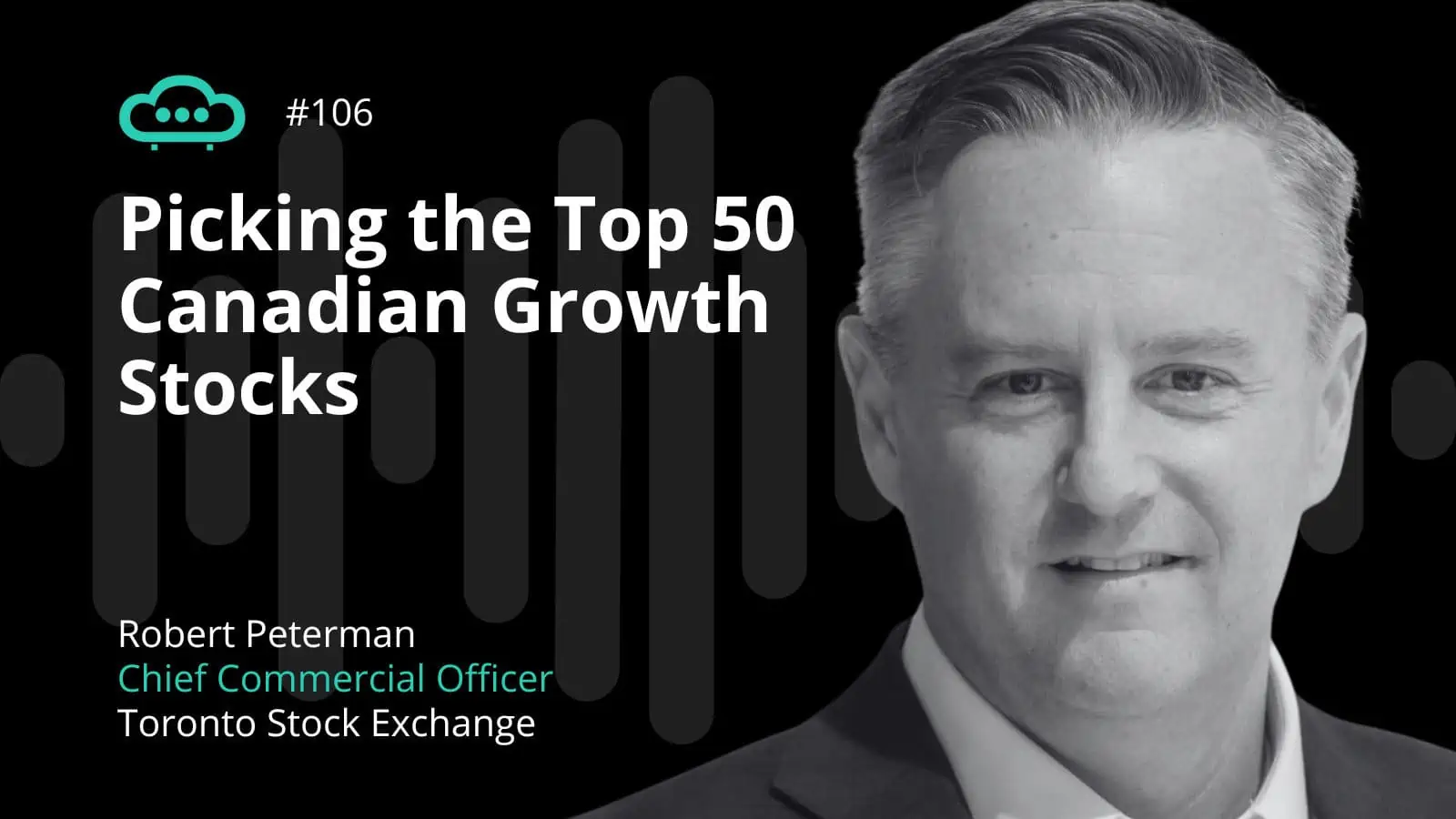Here at the Armchair Trader we have written several times this year about cocoa outperforming other commodities, but even we were caught off guard by the speed at which prices have risen.
Cocoa is trading just shy of USD 4,000 a tonne, the highest level since November 1978. It is 14% higher on the month and 54% on the year.
It’s all about the weather
This capricious plant likes the heat and damp, and will only grow within 10 degrees north or south of the equator in rain-forest type conditions. Ivory Coast, Ghana and Indonesia produce two thirds of the world’s cocoa and of the three countries, Ivory Coast is by far the most significant producer. This year the weather in Ivory Coast and Ghana was too wet earlier in the season and has caused fungal disease and a smaller harvest in the months leading to October. Now that the rainy season is over the weather has become too dry for what the cocoa plant needs.
Heavy rains earlier in the season contributed to the spread of black pod disease, a fungal infection that causes cocoa pods to turn black and rot. In addition, swollen shoot virus, a virus transmitted by bugs that feed on the sap of the cocoa plant, is estimated to have affected almost one fifth of the West African cocoa crop.
- Italy stock market rallies amid tamer inflation
- New WisdomTree US Quality Growth ETF set for launch
- Three markets to watch if the Israel-Iran conflict escalates
The International Cocoa Organization (ICCO) reckons that the global cocoa market will be in deficit of 116,000 metric tonnes in the current growing season which runs from October 2022 to September 2023.
While the producer association did not provide any forecasts for the next growing season other analysts noted that the El Nino weather pattern, which is characterised by prolonged periods of dry weather, is expected to continue affecting growth in the main producing countries.
While we don’t know what the next season will bring, we do know that Ivory Coast farmers shipped 288,686 tonnes of cocoa to local ports between the start of October and 5 November, or 17.3% less than in the same period last year. The expected future shortage of cocoa has already caused some hoarding of the commodity.
What about the buyers?
While the price increase is all well and good it will only last for as long as there are willing buyers, and buyers are already showing reluctance at current prices.
According to data from the National Confectioners Association North American which covers grinding plants in the US, Canada and Mexico, cocoa grindings are down 18% year-on-year.
ICE-monitored cocoa inventories held in US ports have declined steadily over the past four months and have reached the lowest level in 18 months. The US is the largest buyer of cocoa in the world. While statistical data tells us that the Netherlands buys more cocoa, this isn’t the case. The Netherlands is Europe’s port of arrival and from there a large amount of bulk cocoa is distributed into the EU, mainly to Germany.
Data from Europe is not showing any signs of decline, but there may be a time lag in place. For the moment Asian markets seem immune to the price increases and cocoa grindings there have risen year-on-year.
The reluctance of end buyers (chocolate confectioners) may not be enough to balance out the effects of weather and disease in the main growing regions but it could slow down the price increase going forward.
Related WisdomTree ETFs
| Product Name | ISIN | Exchange Ticker | Listing Currency |
| WisdomTree Cocoa Hargreaves Lansdown | Interactive Investor | AJ Bell Youinvest | Charles Stanley Direct | EQi |
JE00B2QXZK10 | COCO | USD |
| WisdomTree Cocoa 2x Daily Leveraged Hargreaves Lansdown | Interactive Investor | AJ Bell Youinvest | EQi |
JE00B2NFV803 | LCOC | USD |












